Fundamental insight into the role of the support and electrocatalyst in CO2 electrolyzers: are carbon-based materials the solution or the problem?
Oktober 2018 – September 2021
Renewable energy sources can offer a solution for excessive emissions of greenhouse gases and to the expected decrease in availability of fossil fuels in the near future. Both problems would find a common solution if we were able to develop energy-efficient processes to convert (low concentrated) CO2 streams into fuels and useful chemical products, ensuring a positive economic and environmental balance.
One possible strategy is to use H2O and CO2 as renewable feedstock for electrochemical production of fuels and chemicals (e.g. carbon monoxide, formic acid or methanol), employing excess electricity generated by renewable power sources (like wind or solar) to drive the reactions.
At the moment, the electrochemical reduction of CO2 is not yet industrially viable, mainly due to the lack of a good electrocatalyst. While a wide range of electrocatalysts is currently being investigated in an attempt to improve the overall performance this was currently without success. Here we propose a combination of state-of-the-art electrochemistry with high-end TEM characterization in the face of the discovery of new high-performance CO2 reduction electrocatalysts to methanol or formic acid. A key aspect to achieve this goal can be found in the interaction between the gas diffusion electrode (morphology and compostion) and the novel electrocatalysts. Finally, also a more engineering aspect of the overall process, i.e. the coating of the electrode with the active material will be optimized.

